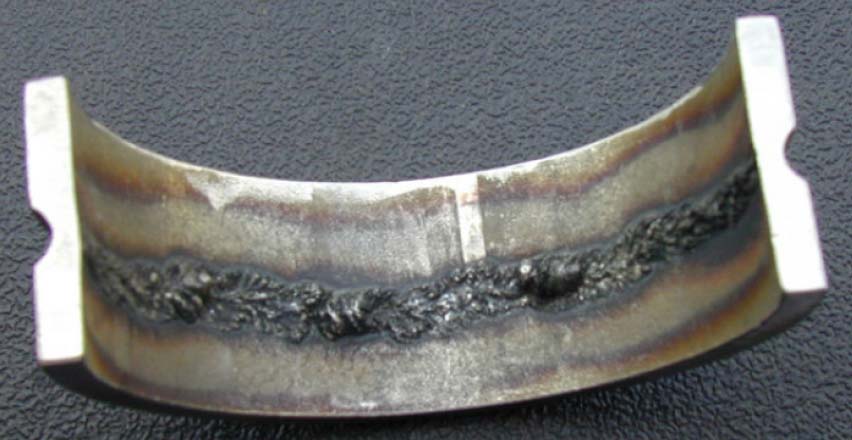
Gerald,
most interesting discussion, to say the least.
Unfortunately I am having a lack of knowledge upon all the different steel grades P1... making it difficult to follow the arguments.
However, by having read what you and the others have posted, I mean to understand.
Honestly it surprises me that one of the most critical issues in welding 'stainless steels' even corrosion susceptibility after welding without purging is not addressed neither by AWS nor ASME.
That was the reason for me to ask again as e.g. in Germany nobody - at least in the industrial sector - would weld a stainless steel pipe without the appropriate precautions ensuring that the material may be used accordingly after welding.
I mean, there's a reason for using high alloyed or 'stainless' steels for particular applications, isn't it?
So when just having a look upon the 'mechanical' properties after welding without considering corrosion issues - with stainless steel welds - is a waste of time, money and nerves.
Hardly to understand...
Even that was also the reason for me to ask if that what's to be seen upon the photo is called 'sugaring'.
In Germany we are talking about a small but - from my point of view - important differentiation. Namely 'oxide layers' (Anlauffarben) - this what you've named '...yellow, gold, blue, grey, black...' and a kind of root 'combustion' (Verbrennung).
While the former might be acceptable as the oxide layer is not too thick (dark) and always depending upon the medium to be transmitted trough the pipe, the latter is rejectable by being irreparable and a mandatory reason for a 'cutout'.
So am I right by thinking - following Al - that for qualifying a particular stainless steel weld in the United States of America you have to meet both, either AWS or ASME codes for the 'mechanical' issues
and NACE codes for 'corrosion' issues? Or am I missing something?
Hmmm... what's however almost harder for me to understand is, which silly a** has rated Jon's post a '1'?
Cheers and regards,
Stephan

